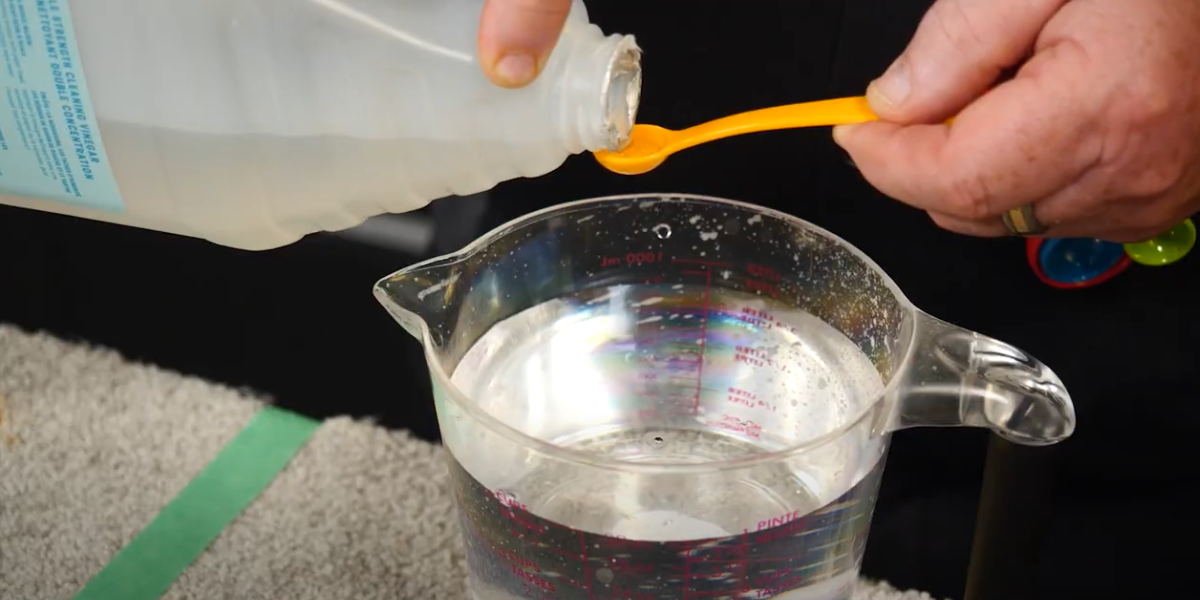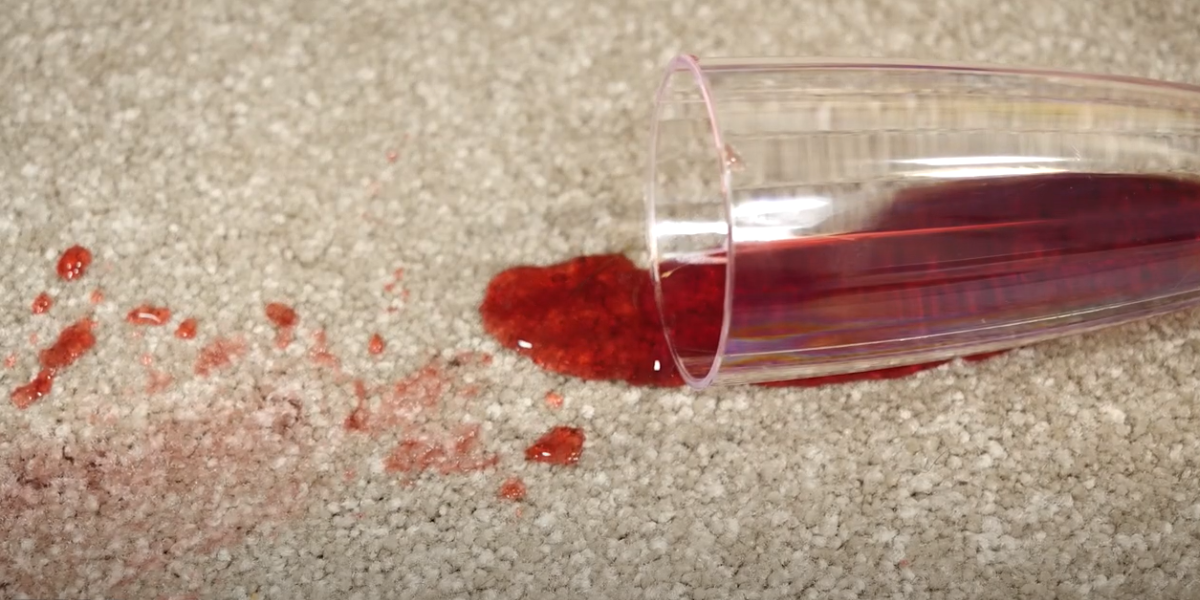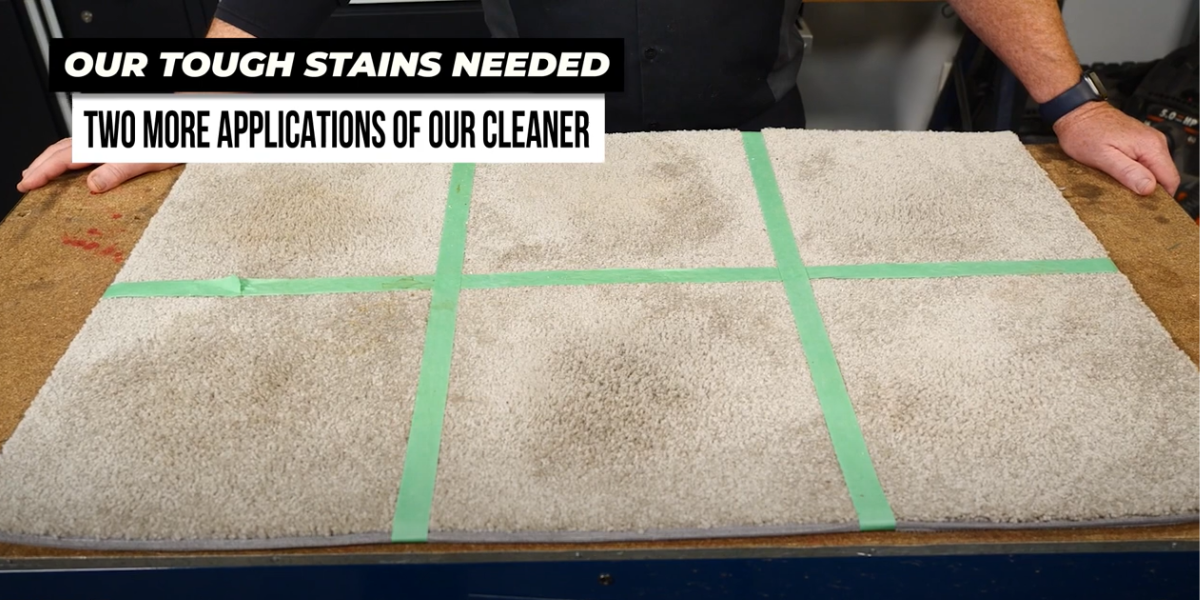How to Remove Carpet Stains
Spills happen, stains don't have to!
Whether your home has wall-to-wall carpeting or just an area rug, it’s likely that you’ll end up with a spill at some point. Unlike your clothing, a stained carpet can’t exactly be chucked in the washer with some pre-treatment. The best method for removing a stain is acting quickly! The type of products you use will vary depending on the type of stain. We’ll go over the common types of stain, and the best methods for making them disappear!
The Stain Removal Process
No matter the type of stain or the material of your carpet, you’ll generally follow these steps. The temperature of the water or the type of cleaning solution used will vary, but we’ll break that down further below.
- Blot the stain with paper towels or clean white cloths
- Rinse with cool fresh water and blot again with fresh towels
- Apply appropriate stain removal solution
- Rinse with fresh water and blot up the excess with clean towels
- Repeat steps 3 and 4 as needed
- Let air dry, then vacuum to lift the fibers back up

What Type of Material is Your Carpet?
The type of fiber your carpet is made from will impact how you go about cleaning it. Is it natural or synthetic? What type of pile is it? The most common types of material used for carpets include nylon, acrylic, polyester, and wool. Most synthetic carpets are made from nylon, as it is affordable and durable. Wool or wool blends are very common for area rugs, as they are durable but come at a higher price.
A Berber pile carpet is common for high traffic areas, as they are durable and easy to clean. An area rug may have a plusher pile, but that makes it more difficult to clean as dirt or stains can become embedded in their fibers if not properly treated.
No matter what type of material, it is important to never scrub at a stain. This can grind the mess further into the fibers, causing more of a problem. Instead, blot at the stain using paper towels or clean white cloths (you don’t want any color transfer to happen). Knowing your carpet or rug material is important for the next steps when choosing cleaning products. Synthetic fibers are more resistant to mold and mildew, but wool carpets can’t handle being soaking wet. Some products may also cause discoloration of your carpet, so it’s important to do a patch test first.
What Type of Stain Is It?
If there’s a liquid item in your home, it can leave a stain on your carpet. Beverages like wine or coffee, food items like BBQ or pasta sauces, self-care items like nail polish or lotion, and of course our loveable pets and children having accidents. The broad categories for these can fall under plant/tannin-based, protein-based, or oil-based, and the method for removing these stains vary considerably.

Tannin-Based Stains
Tannin, or plant-based, stains are notoriously stubborn as they include stains like red wine, coffee, and mustard. It is important to act quickly on these types of stains before they set. After blotting up what you can, add cold water to dilute and continue blotting. Sparkling water can also be used as it helps to lift the stain, especially red wine. If you’ve come across an old stain, you’ll need to use hot water instead. Once you’ve removed as much of the stain by blotting, it’s time to apply a cleaning solution. This could be a commercial cleaner such as oxygen bleach, a water and dish soap solution, or a vinegar and water solution. Rinse the cleaner with a fresh cloth and water and repeat the process as necessary.
Protein-Based Stains
Protein based stains include blood and urine, but they aren’t as daunting to remove as you may think. Be sure to use cold water, not hot, when removing protein-based stains as hot water can set them and make it more stubborn to remove. A dish soap and water solution should do the trick if you catch the stain when it’s fresh. An old stain may require the use of hydrogen peroxide, or an oxygen bleach based cleaner. Depending on your carpet type, you may want to patch test in a discrete area first, as they may fade colors. If dealing with cat pee, you may also want to use a specialty commercial product meant to eliminate that notorious odor.
Oil-Based Stains
An oil-based stain could come from products like lotions, ointments, gravy or cheese sauces, cooking oils, or nut butters. It’s important to lift away as much of the solid product as possible before moving on to the next steps in the stain removal process. Oil-based stains can be thoroughly covered with baking soda or corn starch then allow some time for the powder to absorb the oil. Once dry, vacuum up the powder. If the stain is stubborn, you can then proceed with the same removal process as above, using a detergent solution and blotting to lift the stain.
Bleach Stains
Chlorine bleach should be a last-resort item when removing other types of stains. It is a harsh substance and may end up doing more harm to your carpet. Note that chlorine bleach stains are permanent, there’s no way to reverse them once they’ve lightened a fabric. Oxygen bleach products aren’t as powerful as chlorine bleach, but for those with sensitivities it is a better choice.

Some final tips to keep in mind are to ensure you aren’t completely saturating your carpet with water when cleaning. It may not dry out completely, and you don’t want mold or mildew to grow. Many of these stain removal techniques can also work on your clothing! It’s important to check that the stain was completely removed before placing your laundry in the dryer, as the high heat can end up permanently setting the stain. If one cycle through the washer didn’t cut it, repeat the process again. If you’re looking for more great cleaning and household tips, make sure you follow us on Instagram and TikTok, where we share exclusive content!
